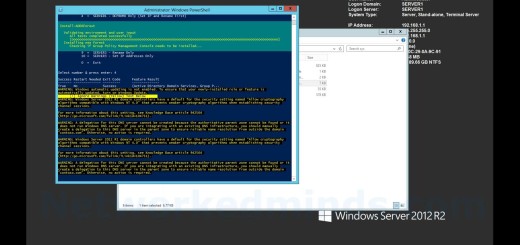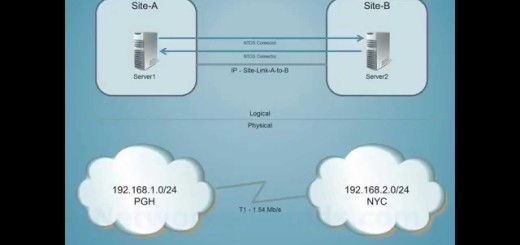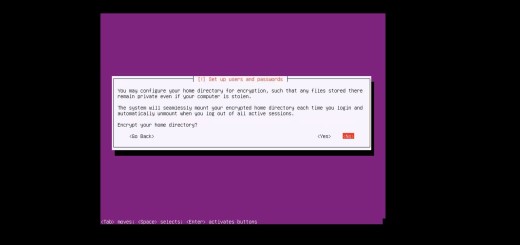70-410 Objective 4.3 – Creating Primary and Secondary Zones on Windows Server 2012 R2 Lab 2
In this video we will be investigating Objective 4.3 Deploying and Configuring DNS Service in Windows Server 2012 R2. We will understand how Primary Zones and Secondary Zones are created and replicated between DNS Servers. We begin by creating a primary zone for spintop.com on Server 2 through the New Zone Wizard. During the creating I briefly cover Dynamic Update options for Primary non-Active Directory Integrated Zones. We then examine the two records of Start of Authority and Name Server records for the new zone. We look at the Serial Number, Primary Server, Responsible Person and the replication fields of: Refresh Interval, Retry Interval, Expires After, Minimal (default) TTL and the TTL for the SOA record. I also cover the proper Internet standard of Serial Number of Year, Month, Day and Version i.e. 2015070501. However Windows Server uses a simple serial number of plus one. We then create an A record in the DNS zone for the lab. We will then create a Secondary Zone on Server 1 to slave the Primary Zone we just created on Server 2. We explore what need to be recorded for the new Secondary Zone. During the lab I realized we needed an NS record for the new DNS Server, so we add Server 1 as a Name Server for the Spintop.com Zone. We then create another A record and watch it replicate over to the Secondary Zone. We then test the name resolution from a third server using the nslookup command and examine what is happening. We also look at how the DNS Client works and why it doesn’t cache when we use nslookup, we can see the records cache in the DNS client via the ipconfig /displaydns command. NOTE: During the ping command I was unclear of why I got an error, it was because I didn’t have a default gateway set, name resolution still occurs though. We then re-examine the DNS Cache on the client as well as looking at the DNS cache on the server. Lastly we look at the BIND file created when we created a non-Active Directory Integrated Zone located in C:WindowsSystem32DNS. I also show you a trick to open BIND files or any file not associated with notepad.exe. We see how the BIND file is formatted in the text file.
Explanation of the Lab – 0:18
Creation of a Primary Zone – 0:28
Examining the SOA record for a Primary Zone – 1:32
SOA Record Timers – 2:20
Examining the NS or Record – 3:54
Creating an A Record in the DNS Zone – 4:10
Creating the Secondary Zone – 4:37
Adding the NS Record for the New DNS Server – 5:56
Examining the Secondary Zone – 6:45
Creating a New Resource Record in the Primary Zone File – 7:15
Examining Replication of the Records – 7:34
Examining Records in the Secondary Zone – 7:53
Testing Record Lookup with the nslookup command – 8:17
Looking at the DNS Client Cache – 9:05
Testing with the ping Command for Client Side Resolution – 9:24
Re-examining the DNS Cache – 9:42
Examining the DNS Server Cache – 10:50
Examining the DNS File Storage of BIND Files – 11:22
How to Open BIND Files – 11:48
Explanation of how a BIND File is Formatted -12:05


